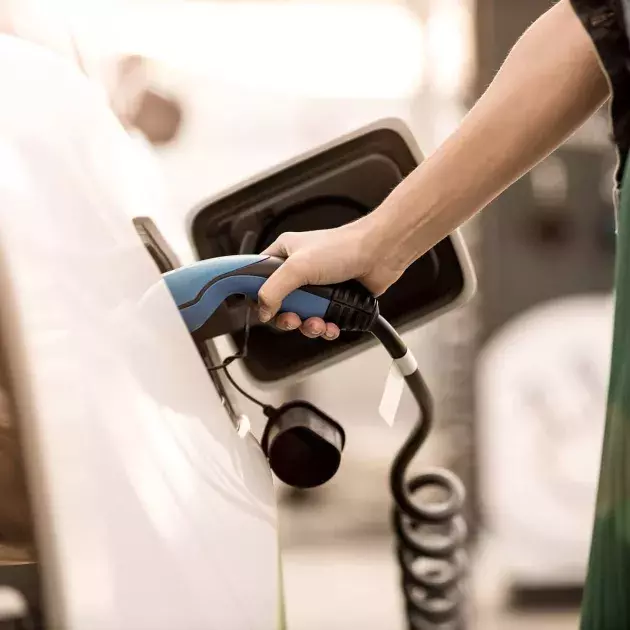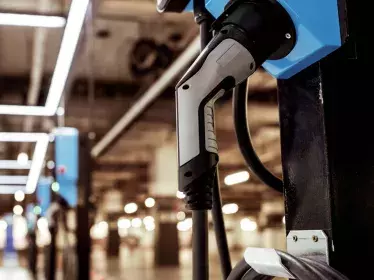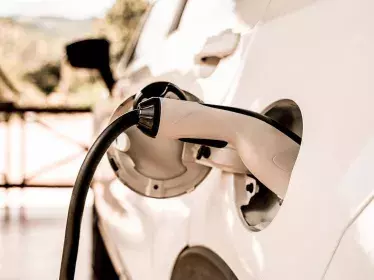Electric cars can meet your individual mobility needs. This requires very little adjustment. But is it really green? This is often the question, especially due to the presence of the battery pack, which is known to be very polluting. But rest assured, yes, the electric car really is environmentally friendly. And here's why and how to optimise its benefits.
The electric car is now seen as the solution to drastically reducing our carbon footprint as well as the emissions of air pollutants from our individual journeys. What are the requirements for daily use and reducing its environmental footprint? We'll look into the details, but to reassure you right away: yes, electric cars really are environmentally friendly.
1. Electric driving

It is useful to be able to charge your electric car on a daily (or almost daily) basis. If this is not possible at home, it may be possible to do so at work or at a 'slow' public charging point. The electric driving reflex is always to connect regularly. For longer journeys, this requires a little planning. However, the huge range of charging points and the development of suitable infrastructure installations make it easier to travel by electric car every day. There are many models that can easily cover more than 2.5 hours of motorway driving. The mandatory 'rest' break every 2 hours will therefore be transformed into a recharge break. The way you drive an electric car will also optimise its footprint. Do you drive fast and/or in a frantic manner? You will consume more power and reduce the life of your battery since you will bring about more charge/discharge cycles. Conversely, drive flexibly and correctly to travel further, and to reduce the footprint even further while extending the life of your battery that, let's not forget, is still the biggest environmental cost of an EV. It is also important to understand the different driving modes, particularly the one-pedal mode, in order to take advantage of brake regeneration. By reducing energy consumption, you will also reduce your environmental footprint.
2. Consider the overall electric car cycle

The critics electric cars argue that this would not be environmentally friendly due to its battery, which is a major pollutant in this new mobility model. One thing is certain: there is not a single product that doesn't leave an impression the planet of any kind. One example is a wooden toy. Is it environmentally friendly? More so than a plastic toy. But it will also leave an impression that will result from felling a tree, using electrical machines to manufacture it, using paints and solvents to treat it, transporting it, etc. This example shows that it is not necessary to focus on one single element in order to draw a conclusion, but on one overall cycle: production, use and recycling. The same goes for the electric car. Of course, the battery is the biggest carbon cost of an EV (3/4), but it is much lower than we think. Electric cars pay back their 'carbon debt' from battery production in just over a year, while they also save 30 tons of CO2 over their lifetime compared to a conventional car. The impact of the battery will be further reduced when charging connections are made in an environmentally responsible manner, avoiding unnecessary fast recharges and optimising the use of green electricity.
3. Opting for green electricity

It goes without saying that the ecology of an electric car will depend as closely on the nature of the electricity stored in its battery. Logically, it should be as green as possible. You will therefore choose your contract with full knowledge of the facts. The investment in photovoltaic equipment, possibly combined with a smart terminal and a buffer battery, is also an interesting option for "green" driving. The question of your battery's carbon footprint can also be addressed. Chinese environmental standards are not the same as European ones. When purchasing an electric car, do you find out where the vehicle is manufactured and what its conditions are (CO2 neutral factory?). This approach makes the electric car's virtuous chain even more efficient. It should also be noted that batteries today have very developed recycling channels: they can be reused (20 years) as domestic (home) batteries, while recycling only leaves a small amount of non-reusable raw materials (10kg on a 300kg battery).
4. Plug-in hybrids: adopt the "geo-fencing attitude"

For those who drive a plug-in hybrid car, there's also a way to optimise their CO2 footprint as well as pollutants. Charge your car as soon as possible and try to drive electrically to reduce your fuel consumption to (almost) zero. This is perfectly possible: the majority of plug-in hybrids today travel about 40 kilometres with just one electric charge. And the average daily travel of in Europe does not exceed this limit... Moreover, these cars are easier to charge on a "simple" wall socket. Also remember to program your GPS and use all its features. Often there are several options for automatically activating the electrical mode when entering urban areas. This geo-fencing to identify urban centres is sometimes automated on the most recent models. Use unmoderated as pollutant concentrations are the most important...






